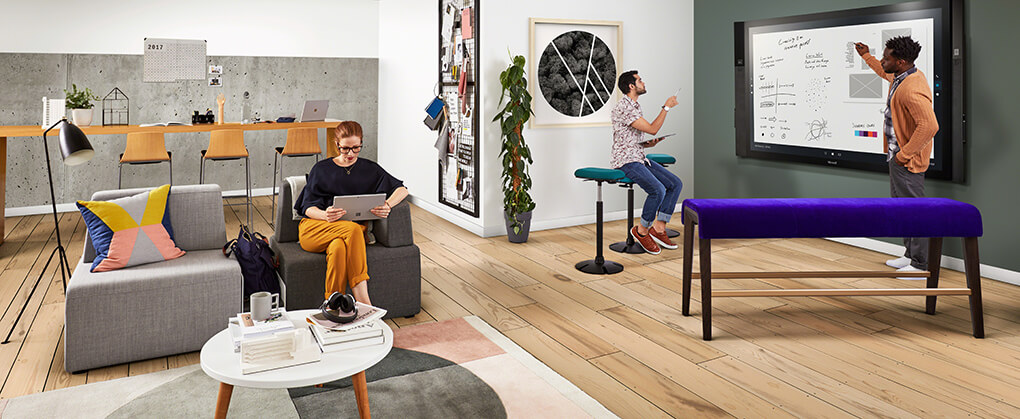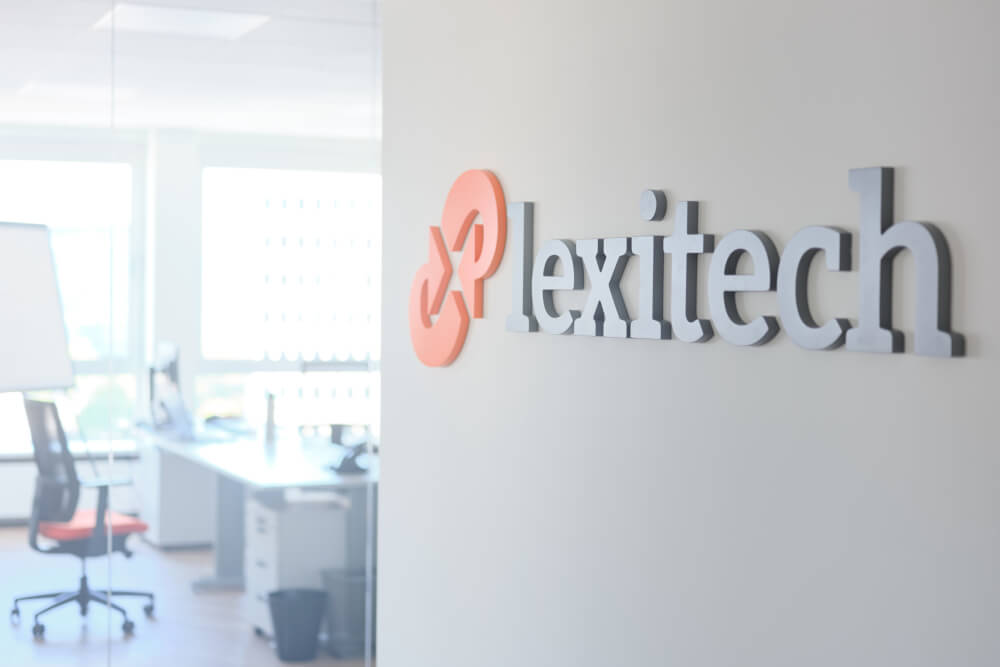So, what is the future of work and the workplace?
It’s not a return to the status-quo nor is it an extreme solution predicated by aggressive cost-reduction. A new approach to the workplace is required – one that is compelling and safe for employees and smart for the business.
Our work from home honeymoon is over according to WKspace, whose global research shows people reach a point of diminishing returns when working from home. Their research suggests that enjoyment, motivation and connection all began to decline and productivity levels-off after just five weeks of working from home.
As leading organizations learn more about the long-term realities of extreme WFH strategies, they are realizing what they knew all along is true: the workplace is essential to drive growth, build organizational culture, and fuel the kind of innovation that drives the global economy.
But that doesn’t mean a return to the office of the past. These organizations are rethinking the role of the workplace – not how they eliminate it, but how to make it an even stronger competitive advantage.
Apple, Google and others have publicly stated their intent to safely bring people back to the office while also adopting sensible work-from-home strategies. They are expanding their thinking to create an “ecosystem of places” that include the workplace, more flexible opportunities to work from home and potential satellite spaces. Organizations, like these, are committed to ensuring the employee experience is consistently positive, compelling and safe across the entire ecosystem. This approach seems to offer the greatest benefits to employer and employee alike, while also helping the business to establish a more resilient strategy for the places their people work.
Five ways to build a compelling + safe workplace
Based on decades of research, these strategies can help organizations create the kind of workplaces that are able to adapt to changing circumstances and support what people need to feel safe, be productive and have a sense of belonging at work.
1. Expand the ecosystem of places, offer more choices, more control
Everyone’s sense of what makes them feel safe will be different and will change over time. So, we will need an expanded ecosystem of places — the workplace, home and potential satellite spaces — from which people can choose where and how to work based on their needs. By giving people choice, they are able to feel a sense of control over their work and a sense of safety. Steelcase Global Report: Engagement and the Global Workplace found employees who had more control over their experience at work were more satisfied with their workplace and more highly engaged.
To attract and retain talent, organizations need a diversified workplace strategy to meet the diverse needs of people and how they want to work. People will need spaces to support different types of work — focus, collaboration, socialization, learning and rejuvenation — and different ways of working.
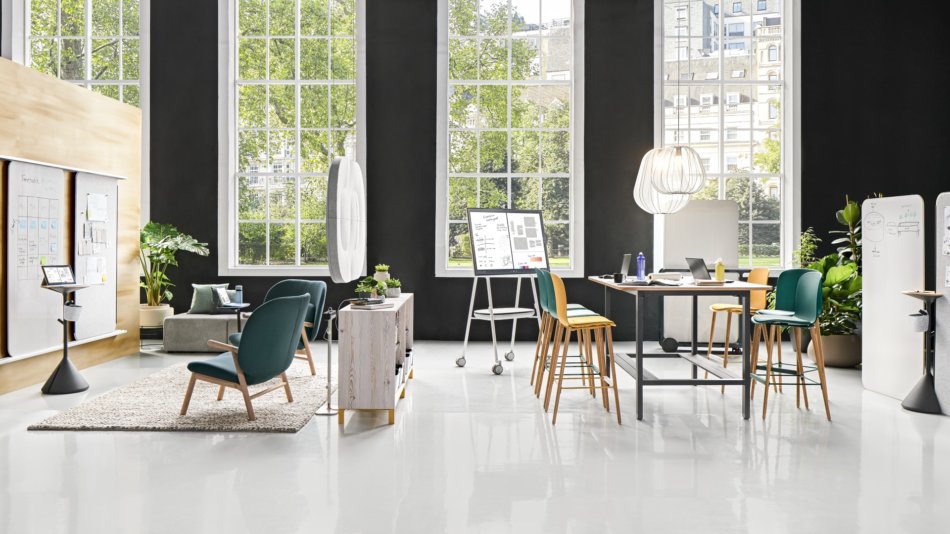
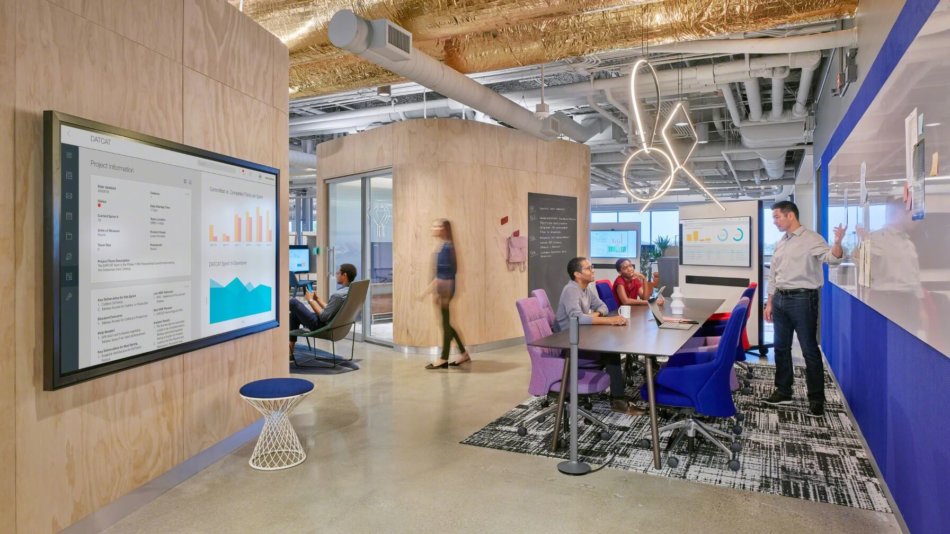
2. Shift from fixed to fluid
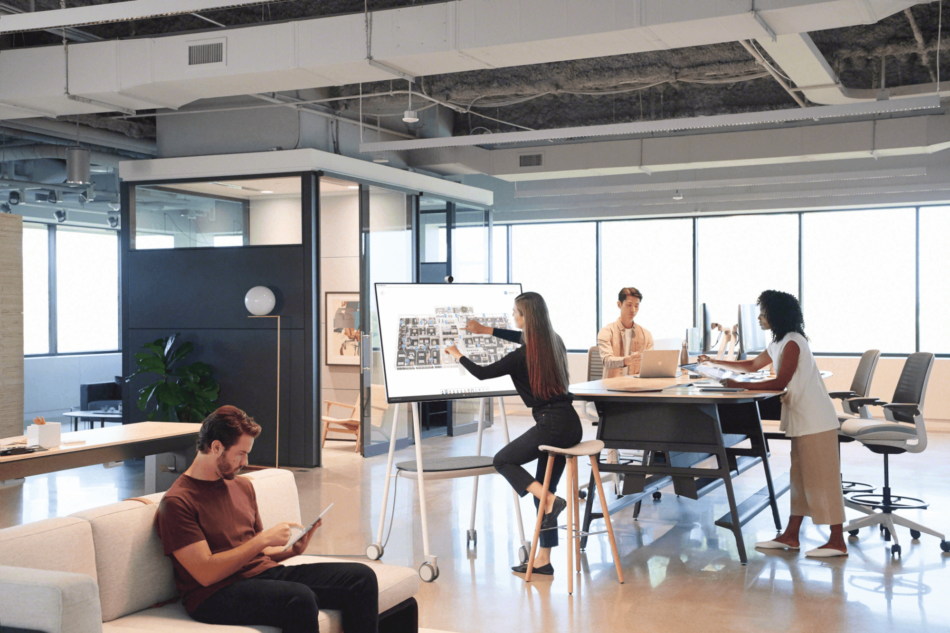
Work environments designed with fixed architecture and furniture must shift to become more fluid. No one knows what the future holds. Disruption is a given — whether it’s another wave of the virus, social unrest that shuts down a city or a natural disaster. Organizations need spaces that can adjust easily and quickly – not just by facilities but by employees – supporting the social distancing requirements of today, but also empowering employees to adapt spaces based on the type of work they need to do and the level of privacy they need to do it.
3. Focus on “me within we”
The workplace will need to balance the growing need for teamwork (“we”) with the needs of the individual (“me”). Prior to the pandemic, work was becoming more team-based and many people struggled with open plan offices that emphasized group work to the exclusion of individuals’ need for concentration and focus. After the crisis, we’ll lean on the office to support the collaborative work we’ve all missed in an even bigger way — people will need to be able to quickly shift between working alone and together. They’ll also need more spaces to focus, especially if they can’t find solace at home and places for rejuvenation, as they’ll likely continue to feel stress and anxiety. Video calls will be more frequent since distributed work will continue due to ongoing travel restrictions and some people will return to work in the office while others remain at home, so they will need more spaces to take video calls without disrupting coworkers.
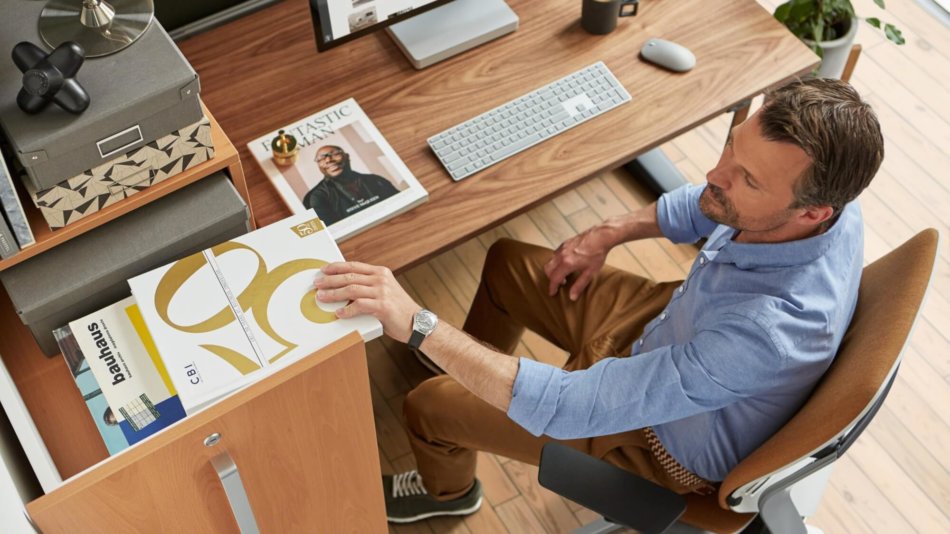
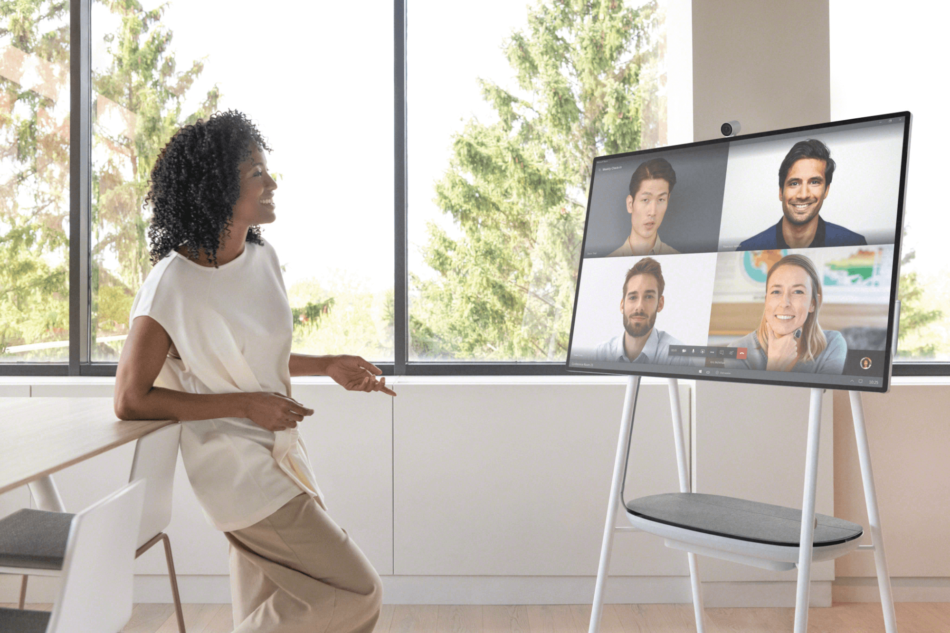
4. Make every collaboration space high performing
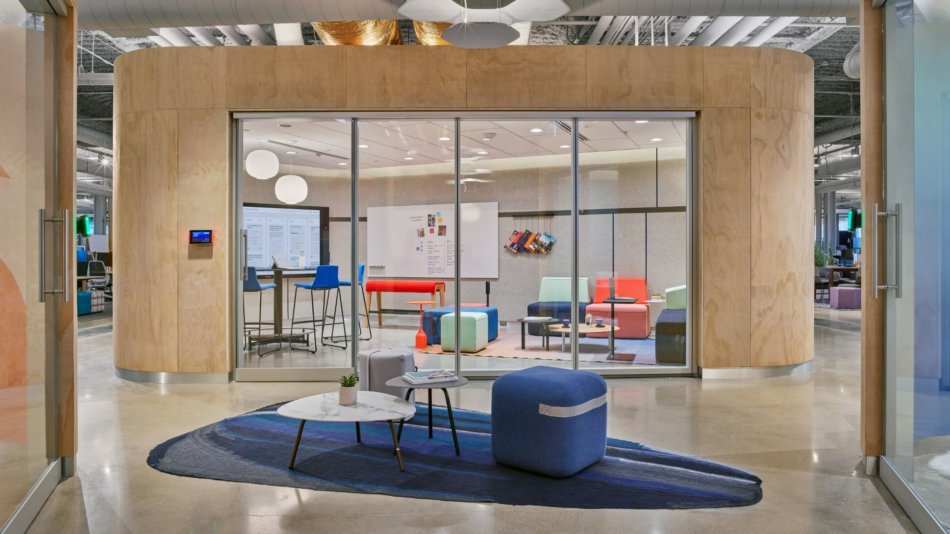
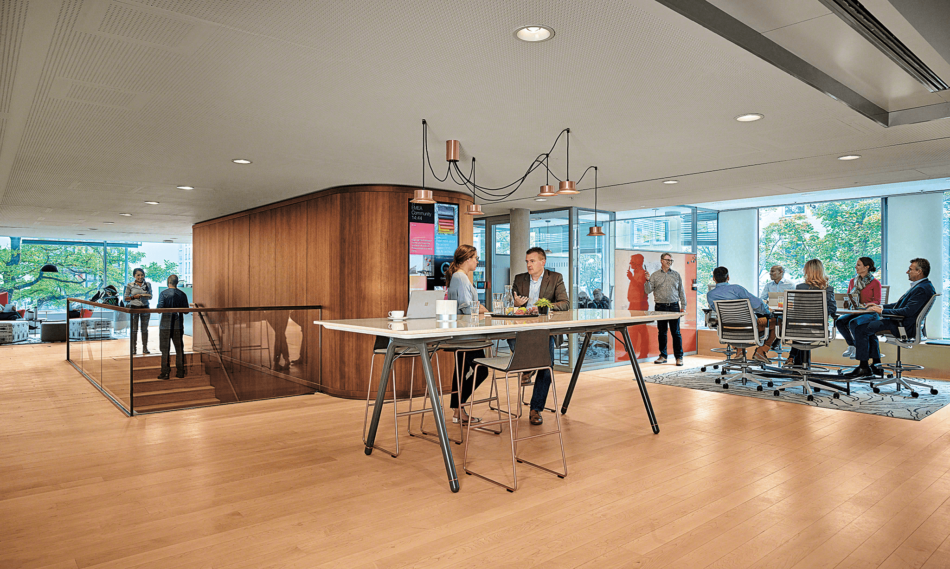
People had two primary destinations for collaboration before the crisis sent us home — open spaces with a coffee shop vibe and traditional, enclosed meeting rooms. Both will need to be rethought and become higher performing going forward. Some of the most inspiring spaces on corporate campuses often sat empty as people gravitated to places where they could get work done. Traditional conference rooms may have been equipped with whiteboards or technology, but they rarely fostered creative thinking, and now will present challenges for distancing requirements. Going forward, collaboration spaces need to be inspiring, high performing and safe. Collaboration spaces (open and enclosed) in the workplace will need to support a range of postures, easy access to power and the ability to control the level of privacy while still feeling relaxed and comfortable. They need to offer tools for idea generation — such as whiteboards and large-scale collaboration technology to connect with remote teammates.
5. Merge the digital and physical
A crash course in remote work pushed people to improve their digital skills and now the physical and digital need to come together in spaces that support co-located and distance work. As teams embrace more video-based collaboration, large-scale collaboration devices create a more inclusive experience for people and their content whether they are in the same room or working apart.
Embedded layers of smart and connected technology can create a more touchless experience at work. And occupancy data will support data-driven decision making to control density and influence cleaning frequency. And as companies work to figure out when changes need to be made to the workplace, data will be an important part of moving forward.
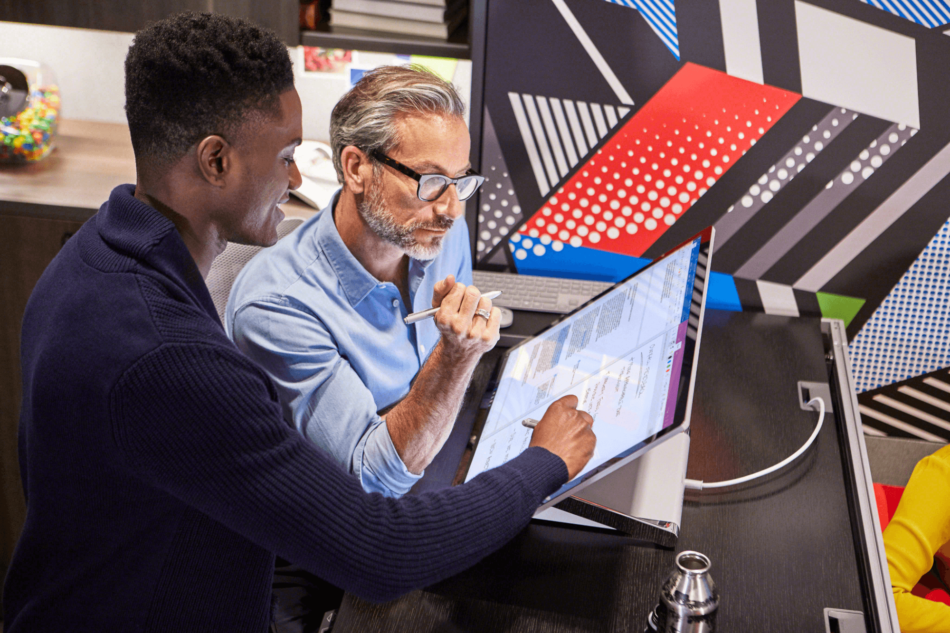
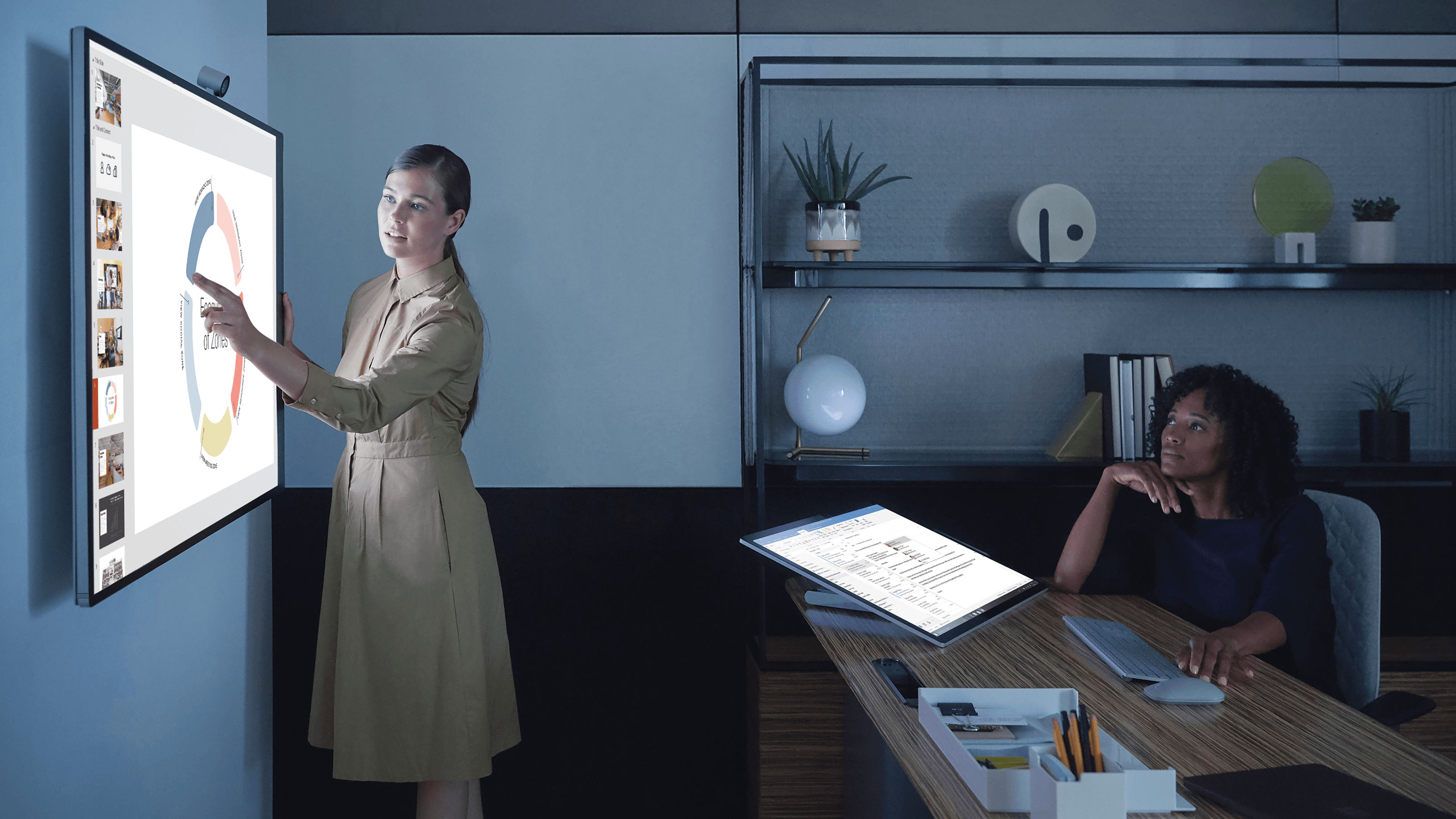
To know everything about tomorrow’s world of work, we strongly recommend the ultra-documented reading, the 306° magazine of our partner Steelcase!
Pictures & article: Steelcase



